List of examples
This list is incomplete; you can help by adding missing items. (December 2015)
| Family | Ancient arms | Modern arms | Date of change | Notes |
|---|---|---|---|---|
| Capet (Royal arms of France) | 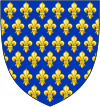 |
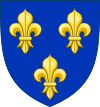 |
1376 | See article Royal Arms of France |
| Portugal (Royal arms of Portugal) |  |
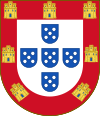 |
1245 (first version of Portugal modern)/1485 (current version) | See article Coat of arms of Portugal |
| Denmark (Coat of arms of Denmark) |  |
 |
1819 | Originally the lions were heraldic leopards facing the viewer and the number of hearts (officially blazoned as waterlily pads) was not defined and could be much larger than today. The lions were defined as heraldic lions and the number of hearts specified to nine in 1819. |
| Grosvenor | 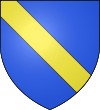 |
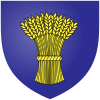 |
1389 | See article Scrope v Grosvenor |
| Gorges | 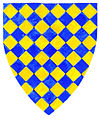 |
 |
1347 | See article Warbelton v Gorges |
| Percy |  |
 |
1273-1314 | See article Henry de Percy, 1st Baron Percy |
| Talbot |  |
 |
See article Baron Talbot. Modern arms are of Rhys Mechyll (d.1244), Prince of the Welsh House of Dinefwr, grandson of Rhys ap Gruffydd), whose daughter Gwenllian was the wife of Gilbert Talbot (d.1274), grandfather of Gilbert Talbot, 1st Baron Talbot (d.1345/6) | |
| Cantilupe |  |
 |
1275-1282 | See article Thomas de Cantilupe |
| Killigrew | 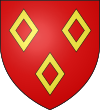 |
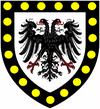 |
See article Arwenack | |
| Scudamore | ||||
| Crewe | 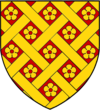 |
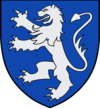 |
bef. 1303 | Sir Thomas de Crewe, Lord of Crewe used a seal depicting fretwork with quatrefoils filling in the spaces.[3] His son Patrick would begin using a lion rampant, which became the modern arms of Crewe.[4] See the 17th century portrait of Sir Ranulphe Crewe by Peter Lely for a quartered depiction of both arms. |